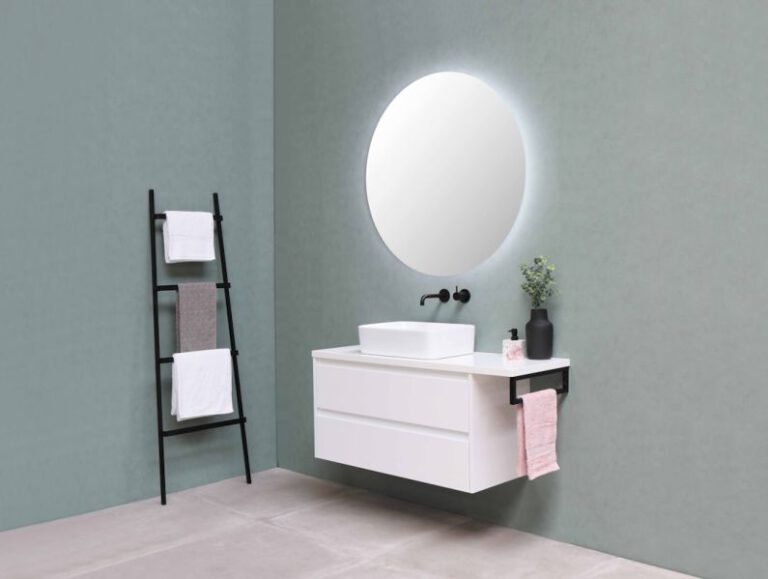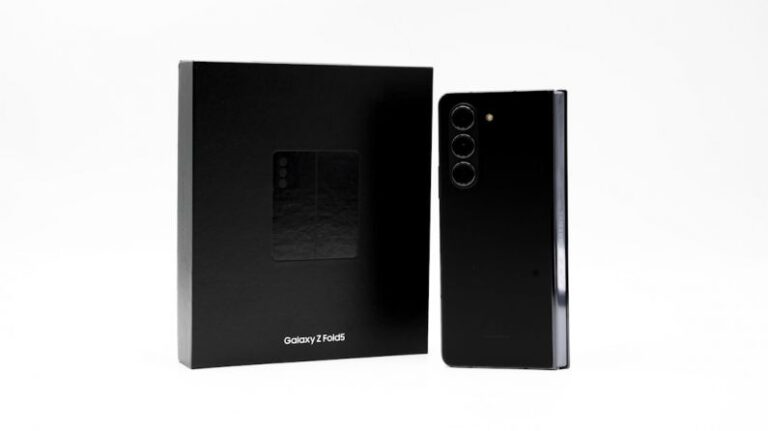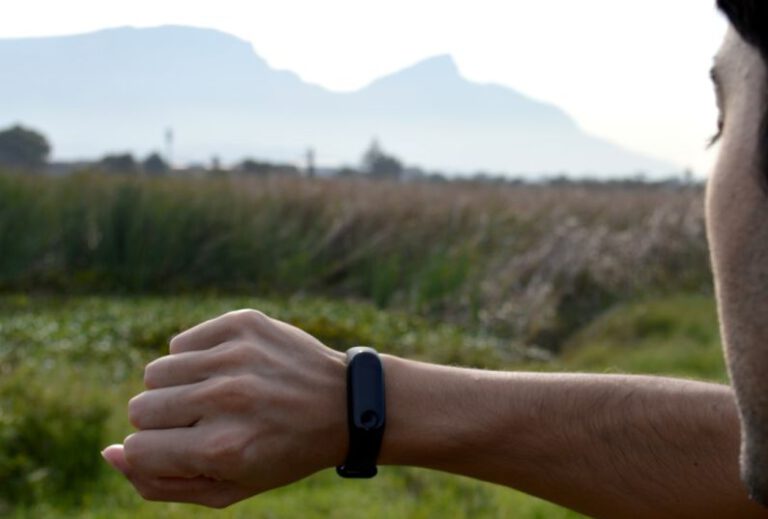The New Age of Personal Drones
Personal drones have become a ubiquitous part of modern-day life, revolutionizing the way people capture photos and videos, deliver packages, and even engage in recreational activities. These unmanned aerial vehicles (UAVs) have come a long way since their inception, evolving from bulky, expensive gadgets accessible only to professionals to sleek, affordable devices that anyone can operate. The new age of personal drones is here, and it is changing the world as we know it.
**The Advancements in Drone Technology**
The rapid advancements in drone technology have played a significant role in the widespread adoption of personal drones. Today’s drones are equipped with high-resolution cameras, GPS navigation systems, obstacle avoidance sensors, and intelligent flight modes that make them easy to fly for beginners and professionals alike. These features have transformed drones from mere toys to powerful tools with a wide range of applications.
**Applications of Personal Drones**
Personal drones are being used in various fields, including photography and videography, agriculture, construction, search and rescue operations, and even entertainment. Photographers and filmmakers use drones to capture stunning aerial shots that were once only possible with expensive helicopters. Farmers use drones to monitor crops and livestock, identify irrigation issues, and assess crop health. Construction companies use drones to survey land, track progress, and ensure worker safety. Search and rescue teams use drones to locate missing persons in remote areas quickly. Even in entertainment, drones are used for light shows and aerial displays.
**Challenges and Regulations**
Despite their numerous benefits, personal drones also pose challenges in terms of safety, security, and privacy. The increasing number of drones in the skies has raised concerns about collisions with manned aircraft, interference with emergency operations, and invasion of privacy. To address these issues, governments around the world have implemented regulations governing the use of drones. These regulations include restrictions on where drones can fly, maximum altitude limits, registration requirements, and rules about flying near airports, sensitive areas, and crowds. Adhering to these regulations is crucial to ensure the safe and responsible use of personal drones.
**The Future of Personal Drones**
As technology continues to advance, the future of personal drones looks promising. Companies are developing drones with longer flight times, extended range, higher payload capacities, and enhanced autonomous capabilities. These advancements will open up new possibilities for drone applications, such as autonomous delivery services, aerial mapping, environmental monitoring, and more. With the rise of 5G networks and artificial intelligence, drones will become even more intelligent, efficient, and integrated into our daily lives.
**A Glimpse into the Future**
Imagine a future where drones deliver packages to your doorstep within minutes of placing an order, monitor traffic and pollution levels in real-time, assist in disaster response efforts, and provide high-speed internet access to remote areas. This future is not far off, thanks to the innovative minds working tirelessly to push the boundaries of drone technology. Personal drones are no longer just gadgets for hobbyists; they are powerful tools that have the potential to transform industries and improve lives in ways we never thought possible.
**In Summary**
The new age of personal drones is marked by advancements in technology, diverse applications across various industries, and the need for regulations to ensure safe and responsible use. As we look to the future, the possibilities for personal drones are endless, and the impact they will have on society is immense. Embracing this technology and harnessing its potential will pave the way for a more connected, efficient, and innovative world. The era of personal drones is here to stay, and the sky is truly the limit.






